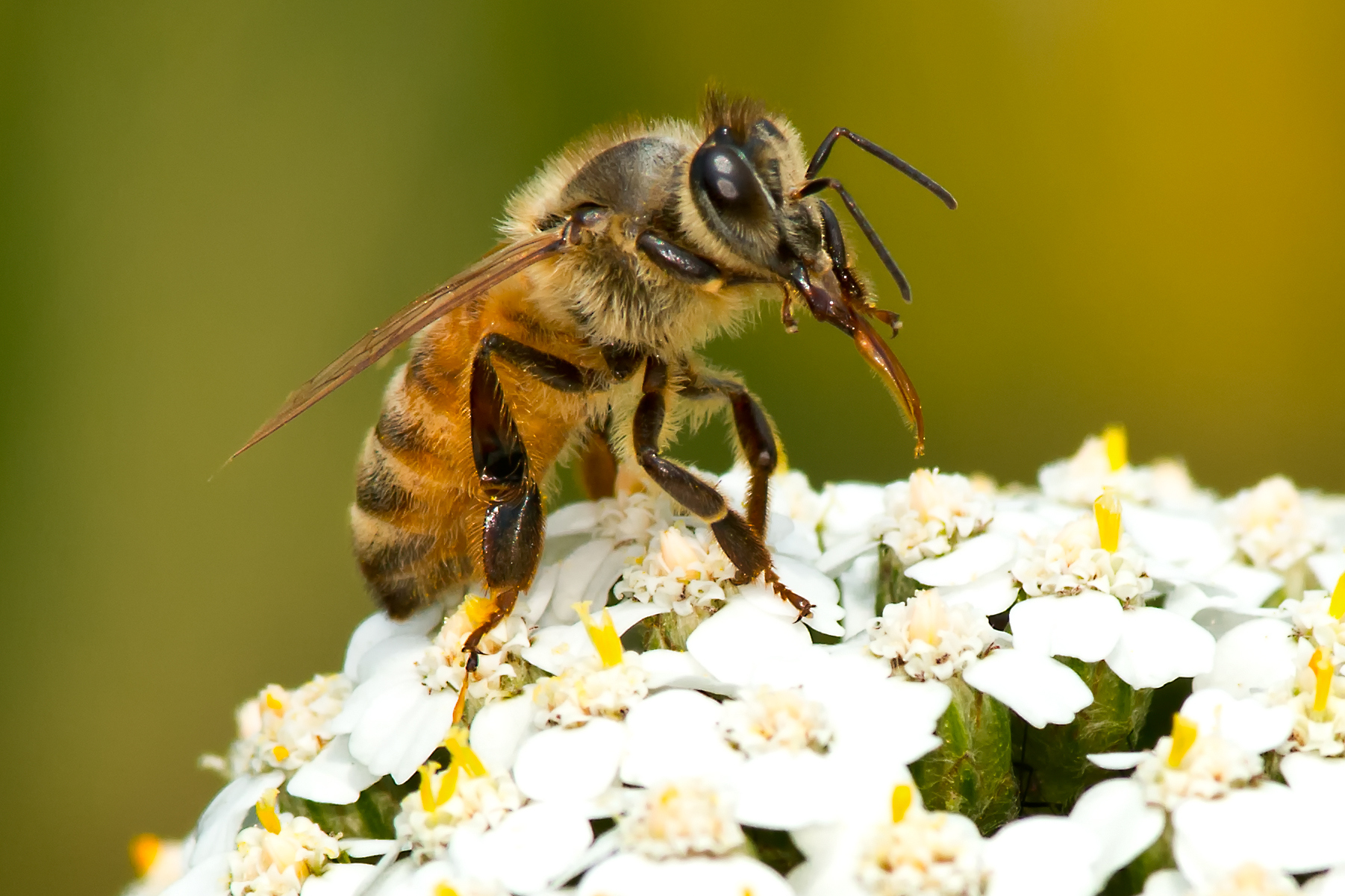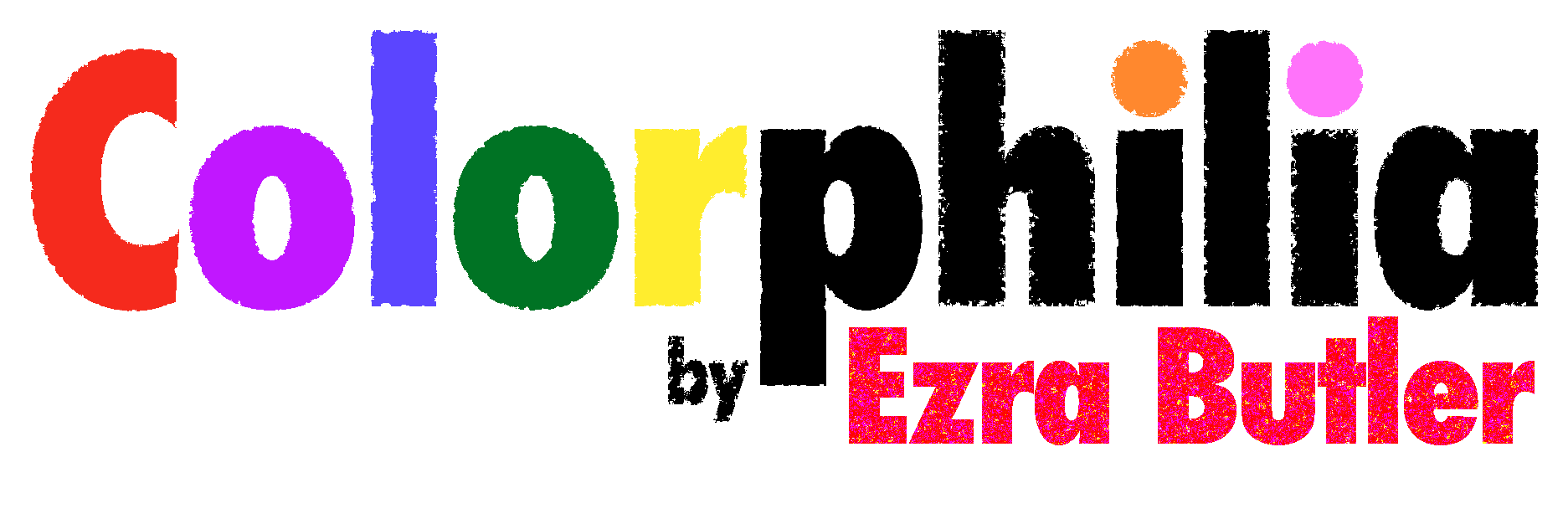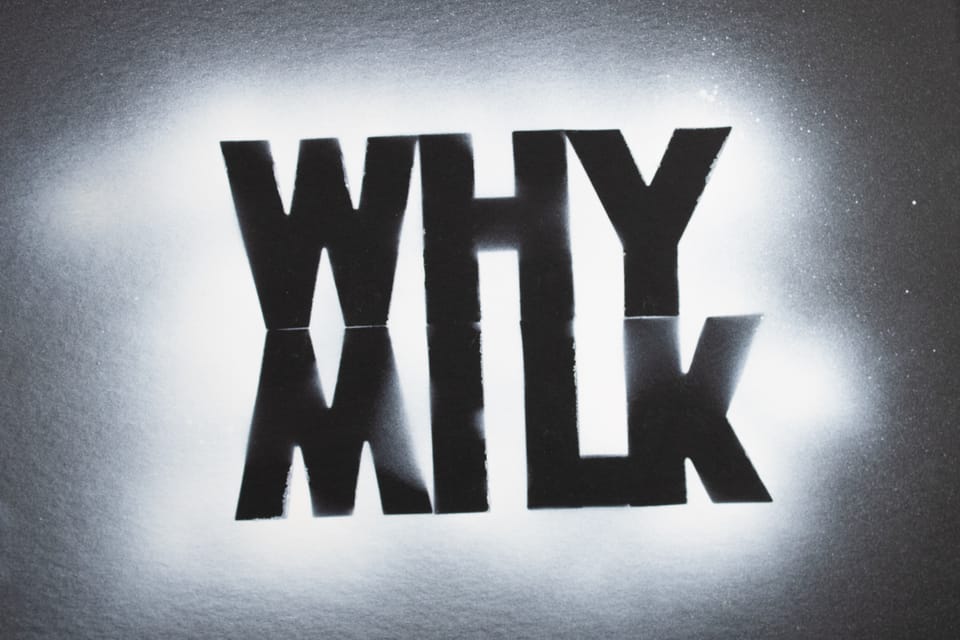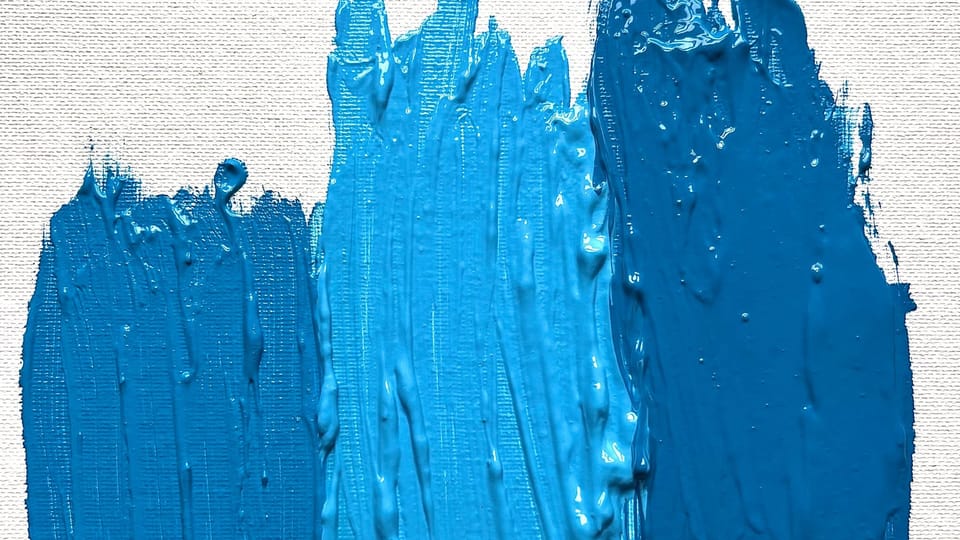How we think about bees.
The shift from beeing producers of honey to beeing pollinators.

I've lately been noticing how many interdisciplinary polymaths, like Marcel Chevreul, I've been encountering in my research.
We have become very hyper-focused on how we categorize people. It's much easier to understand what a specialist does. And when someone has accomplished many things, we either fixate on a single one, or forget them altogether.
This is also true of other things, like bees. For millennia, we considered bees to be manufacturers of honey and wax. That has changed: bees are now fêted as “pollinators”, and that may prove disastrous.
The “Poet Laureate” of Science
Oliver Sacks, the neurologist who originally became famous because of his research with L-DOPA (or levodopa) on encephalitis lethargica patients in the Bronx in the 1960s, which led to the drug being used to help treat Parkinson’s disease. More people may be familiar with his 1973 book Awakenings about the experiments and results, or with the 1990s movie of the same name, where a fictionalized version of him was portrayed by Robin Williams.
While many of his subsequent works were focused on neurological case-studies or cognitive curiosities, like prosopagnosia, (visual agnosia or face-blindness) in The Man Who Mistook His Wife for a Hat and Other Clinical Tales, or about achromatopsia (or color-blindness) in The Island of the Colorblind, or even Musicophilia, written about intersection of music and neurology.
His 2001 book Uncle Tungsten: Memories of a Chemical Boyhood, a memoir which tells his story about a Lithuanian Jewish boy growing up in pre-war England, intertwining his personal memories with the history of science and chemistry. In that book where I was first able to understand Sacks’ lifelong fascination with everything related to science and experimentation.
He subsequently became a frequent contributor to various magazines, many of the essays were collected and published in a posthumous anthology called River of Consciousness.
Several months before his autobiography On the Move: A Life was published in 2015, he published an essay in the New York Times about about his own terminal cancer. It is a beautiful piece, and well worth reading:
Over the last few days, I have been able to see my life as from a great altitude, as a sort of landscape, and with a deepening sense of the connection of all its parts. This does not mean I am finished with life.
On the contrary, I feel intensely alive, and I want and hope in the time that remains to deepen my friendships, to say farewell to those I love, to write more, to travel if I have the strength, to achieve new levels of understanding and insight.
This will involve audacity, clarity and plain speaking; trying to straighten my accounts with the world. But there will be time, too, for some fun (and even some silliness, as well).
- Oliver Sacks, “My Own Life”, February 19, 2015
Darwin’s Second Act
One of the essays in River of Consciousness is a 2008 piece he wrote for the New York Review of Books “Darwin and the Meaning of Flowers”. He described Charles Darwin’s life after publishing The Origin of the Species, and how he shifted his focus to botany.
It was while reading this essay in which I learned that Darwin discovered the function of pollinators (like bees, butterflies, and hummingbirds) in flowers and plants which people previous considered to be “self-pollinating”.
Darwin provided a new understanding and perspective about the evolution of colors and shapes of plants, and about the evolutionary relationship between the plants and the pollinators. And Sacks connected this to his childhood memories of working in the garden with his mother:
Linus Pauling records in an autobiographical essay that he read the Origin when he was ten. I was not that precocious, and could not have followed its “one long argument” at that age. But I had an intimation of Darwin’s vision of the world in our own garden —a garden which, on summer days, was full of flowers and bees buzzing from one flower to another. It was my mother, botanically inclined, who explained to me what the bees were doing, their legs yellow with pollen, and how they and the flowers depended on each other.
While most of the flowers in the garden had rich scents and colors, we also had two magnolia trees, with huge but pale and scentless flowers. The magnolia flowers, when ripe, would be crawling with tiny insects, little beetles. Magnolias, my mother explained, were among the most ancient of flowering plants and had appeared nearly a hundred million years ago, at a time when “modern” insects like bees had not yet evolved, so they had to rely on a more ancient insect, a beetle, for pollination. Bees and butterflies, flowers with colors and scents, were not preordained, waiting in the wings—and they might never have appeared. They would develop together, in infinitesimal stages, over millions of years. The idea of a world without bees or butterflies, without scent or color, affected me with a sense of awe.
- Oliver Sacks, “Darwin and the Meaning of Flowers”, November 20, 2008
Multichromatic Vision
In my newsletter about rainbows, I had mentioned that Thomas Young discovered that humans were trichromatic, meaning that they have visual rods specifically for the colors, violet, green and red.
Young was described as "the last man who knew everything".
Thomas Young strove to satisfy his curiosity in virtually every scientific subject and, undeterred by sceptics calling for a narrower focus, made discoveries in almost all the fields he studied.
Polymaths have always posed a problem in academia. How do they relate to specialization and interdisciplinarity, genius and dilettantism, inspiration and perspiration? Robert Hooke, Benjamin Franklin and Alexander von Humboldt were among those who were too academically wide-ranging for posterity to cope with, and their scientific reputations suffered as a consequence.
Individual curiosity is the driving force of science, but when insatiable, can it hamper the intellectual? The life and work of the polymath Thomas Young (1773–1829) illuminates the issue perhaps more acutely than that of any other scientist. Today, views of Young span the spectrum from near-universal genius to dabbling dilettante. Those who appreciate him — especially physicists, physiologists and Egyptologists — admire his range, his intuition and his far-sightedness. Those who do not, depreciate these same aspects of his life and work as sloppiness and opportunism.
- "A polymath's dilemma", Andrew Robinson, 2005
During my research about pollinators, I discovered that many birds are tetrachromatic (or can see four different colors), violet, green, red, and ultraviolet. Butterflies are hexachromatic, or more, with ultraviolet, violet, blue, green, red and broad‐band receptors. Bees, on the other hand, are trichromatic, but their visual range of colors includes green, blues, and the ultraviolets.
Since Karl von Frisch demonstrated the honeybee’s color vision in 1914, researchers have worked at both better understanding how their vision works, but also why certain plants had evolved to being predominantly pollinated by birds, others by butterflies, and others by bees.
The Metaphorical Beeline
When we say “making a beeline”, we are referring to intentionality. Bees are able to spot a target from far away and go directly towards that point. It doesn’t go to a certain quadrant and hover around judging its best options, like some other creatures. (Like me in the supermarket, for example.) It is because the amount of energy required to hover and decide outweighs the benefits.
Choosing flower types that involve minimal search times is critical in flower visitors for several reasons. Flight is energetically the most costly activity in insects, and even though pollinating insects often operate at the limit of sustaining their flight activity, their fitness depends on the surplus forage brought home to provision their young.
Most flowers offer only small quantities of nectar reward, to keep pollinators moving between plants and so maximize pollen transfer.
Activities of many competing flower visitors further reduce those rewards. Bees have been widely used to study foraging decisions, and behavioral ecologists have made intriguing predictions on how pollinators should behave in complex situations where flowers of different species differ in detectability.
- "Visual constraints in foraging bumblebees", Spaethe, et al. 2001
Laboratory experiments revealed that bees have preferences for very specific and combinations and ratios of colors, which makes it very simple for the bee to spot from afar, and then as they get closer, they are guided, akin to the people with the orange batons on the tarmac who help plans land. As the technology progressed, scientists began to discover ultraviolet markings on many flowers, guiding the bees to the correct location of the pollen.
More recent research also shows that bees are sensitive to color in a different way than we previously thought: they aren’t focused as much on chroma, but on hue or saturation, or even texture.
Functional Color
We see two different uses functional color here.
The first is simply the ability to identify and differentiate the color (or if it works like a red, appearing like an unappealing gray). The flower has to first make itself visible to its pollinator of choice. If a pollinator cannot see red, then the flower will not choose a pure red color.
The second functional usage is more semiotic. In an evolutionary model, there is need from both sides (the flower and the pollinator) to both take part in this evolution, with the bees become hardwired to prefer certain color-combinations because they associate them with more frequent production of pollen, and not with dangerous results. The flower may want to differentiate itself from similar species who have the same sort of pollinators.
If a bee visits a harmful or deceptive flower it can cause them to become sterile or return to the hive with a dangerous contagion. This hard-coded semiotic knowledge to avoid this situation, like with the airplane on the tarmac, is designed to help keep everyone safe.
Our Monochromatic Perception of Bees
In the same way that we have a difficulty seeing people in more than one role or speciality, so too we run into problems with understanding the many modalities of bees.
Bees as Manufacturers of Honey and Beeswax
Both honey and beeswax have be used for millennia. They are byproducts of bees processing of the pollen and nectar.
Like many things, the popular perception and understanding of bees was not updated from Aristotle until the 17th and 18th centuries. One of the beliefs was also that bees grew on trees or from carcasses of dead animals.
People wanted honey and beeswax, so from the establishment of colonies, bees were imported to the New World. Bees were imported to the US from Europe, with the queens even ultimately being imported from Italy. This effectively made bees an invasive species, which unsettled the local ecosystem.
Until the early modern usage of slave labor for growing and harvesting sugar, honey was the predominant sweetener used throughout history. It was both functional and the main relevance that people considered of bees. There are many curious quotes about people writing about birds, bees, and butterflies just hovering around before they understood pollination, and it is obvious that people saw them around, just didn’t make the cognitive connection.
Bees as Pollinators
In nature, a side benefit of being pollinators would be bringing pollen and nectar back to the hive to help keep everyone alive for the winter.
Once it became apparent how significant bees were to pollination, the beekeeping world shifted and grew. By the late 1970s, farmers would be paying pollination services to come in an pollinate their orchards for them. These services would go from place to place, bringing their bees with them.
The problem is that almonds don’t produce suitable nectar for honey, but with the obsession of almonds being grown in California during the 2000s and the 2010s, it was described as sending bees to their death.
Within decades, there would be several times which would be considered “colony collapse disorder”. One of the reasons people had proffered for CCD was the use of pesticides which would kill the bees and poison the hive.
Pollination by some insects can be economically manipulated by man, and the services of these insect pollinators have become vital agricultural inputs. In particular, the well-known European honey bee (Apis mellifera) is widely used to enhance yields and promote uniform quality in nuts, fruits, and vegetables-notably almonds, kiwifruit, apples, cherries, pears, blue-berries, and cucumbers.
While managed honey bees have provided pollination services in American agriculture since colonial days, their importance has grown in recent years, and for at least two reasons.
First, as modern agricultural production has come to employ large monocropped farms, pollination by wild insects living on the periphery of fields has become less reliable...
The world's most extensive and active market for pollination services is for honey bees in the United States. A large-scale annual migration of beekeepers moves hives from farm to farm, charging pollination fees as the crops bloom. In recent years, fees paid to U.S. beekeepers were approximately $350 million.
"Honey Bee Pollination Markets and the Internalization of Reciprocal Benefits", Rucker et al. 2012
Other Negative Effects
Bees pollinate most of our fruits, nuts, and vegetables—honeybees provide the bulk of this service. Without them we would need to find another way to pollinate these many commodities and it would invariably be less efficient, resulting in lower quantities of more expensive food.

Destroyed Ecosystems
I started by writing about how flowers and bees both symbiotically evolved to support each other. But now, the imported pollination services have a negative effect on the local populations of pollinators, which in turn result in downturn in naturally grown ecosystems.
Second, feral honey bees were decimated in the mid- to late-1980s by Varroa and tracheal mites- both of which are acarine parasites that attack bee colonies. While both pests can be controlled (at a cost) in managed colonies, feral honey bee populations were hit hard. Although these populations have slowly recovered, there are no good data available on the extent of the recovery. Experts agree, however, that across North America there is now much less "natural" pollination to be relied upon than in the past.
"Honey Bee Pollination Markets and the Internalization of Reciprocal Benefits", Rucker et al. 2012
Even by actively changing the colors of flowers, for purely aesthetic purposes, we effectively make it much difficult for bees and other pollinators to quickly identify plants to pollinate. As every flight takes a lot of energy, false positives can have outsized effects.
Degraded Honey
One of the side effects of mainly considering bees to be pollinators, is that there was a massive increase in fraudulent honey, and a decrease in appreciation of unique honey. Even Grade-A honey was considered to all be mixed, losing the unique aspects of each flavor. The source no longer mattered.
With the rise of the CCD, and with the bees that were alive being sent to work on almond farms, the price of honey skyrocketed, which increased the probability of being counterfeited. In 2011, people wrote about how 3/4 of the honey being sold in the US was likely counterfeit in one way of another.
Pro-Bee Propaganda
The message was finally shared that more 75% of the food we eat is somehow connected by bees. Late-20th century actor Jerry Seinfeld even produced a movie called The Bee Movie (2007) which focused on how the pollination services are harmful for bees, and how bees should have rights.
Solution: Robo-bees?
We've become too entrenched with our modern methods of food production to change the model of roving pollination. And I know that we are not going to stop eating almonds.
Instead of focusing on creating analogues for the food, like fake meat, there are solvable problems to replace or mimic the processes with which we produce almonds. With drone technology, for example, we can create an analogue or alternative to bee pollination for almonds. We even stole the word "drone" from bees, it's the least we can do.
In I Samuel 14:43, Jonathan was ready to die for eating honey. Imagine having honey taste that good again. The first step is stopping to use real bees to pollinate almonds.



